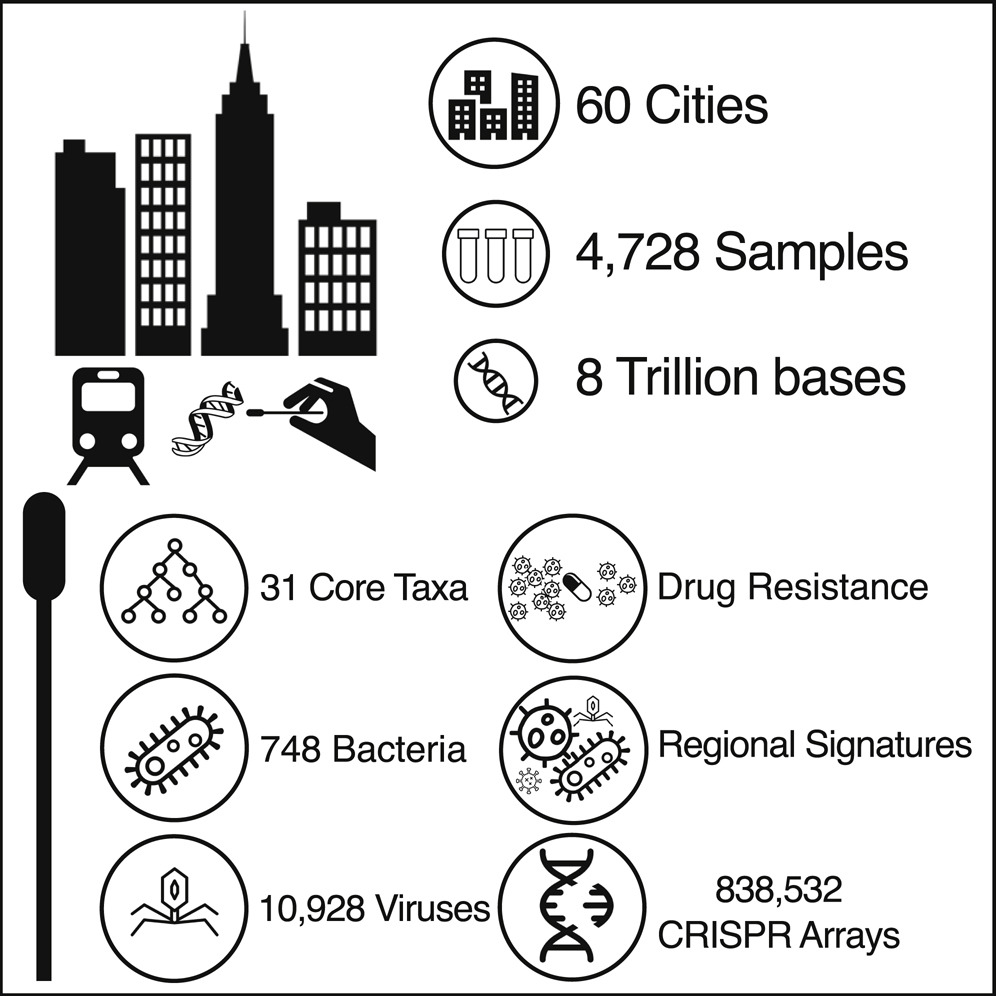
Amanda Tokash-Peters Links the Microbiome to Ecology
The Centenary University professor studies the far-reaching effects of changes in the gut bacteria of mosquitos and other species.
Shawna Williams
May 1, 2021
ABOVE: JENNA O’CONNOR
Amanda Tokash-Peters’s research career hasn’t been a long one, but it’s already involved some dramatic changes in focus, including a switch from amphibians to mosquitos as subjects, and a recent foray into seal poop. The central question that unites her work, she says, is: “How is the environment . . . shaping microbiomes across different systems?”
Tokash-Peters first felt the pull of life science thanks to an honors biology course during her first year in a New Jersey high school, she recalls. The teacher “was no nonsense and expected you to really, truly understand and be able to apply material in a way that other folks hadn’t at that point.” And along with her high expectations, the teacher conveyed a passion for the subject, Tokash-Peters recalls.
Hooked, she went on to study biology as an undergraduate at Washington College in Maryland, where she sought out opportunities for hands-on learning, including a summer internship with the National Oceanic and Atmospheric Administration at Elkhorn Slough in California where she worked on several research projects, including an investigation of factors that influence oyster attachment and fecundity and a study of sea otter behavior.
Being able to see how readily mosquito-borne disease affects people—it made my research feel much more tangible and much more applied.—Amanda Tokash-Peters, Centenary University
For her graduate work, Tokash-Peters wanted to study interactions between ecology and disease. Doug Woodhams’s lab at the University of Massachusetts (UMass) Boston focuses on finding ways to manage the amphibian disease chytridiomycosis, and it “seemed like a pretty good fit right off the bat,” Tokash-Peters says. She started investigating the ability of the skin microbiome to combat infection by the chytrid fungus, and she also participated in a few other amphibian-related projects during her time in the lab. But she soon became interested in the mosquito microbiome, which influences the transmission of mosquito-borne pathogens, and a fellowship that took her to Rwanda in her second year sealed the deal.
“Being able to see how readily mosquito-borne disease affects people—it made my research feel much more tangible and much more applied,” she says. “At that point, I kind of fell in love with the topic.”
Back in Woodhams’s lab, Tokash-Peters set up an insectary for rearing the insects. One question Tokash-Peters was interested in had to do with Wolbachia, parasitic bacteria that, when they infect mosquitoes, limit the insects’ spread of disease. Tokash-Peters wondered whether rising temperatures as a result of climate change would affect Wolbachia’s ability to thrive in mosquitoes. Raising the insects at different temperatures and characterizing their microbiomes, she found that higher temperatures didn’t affect the quantity of a mosquito’s Wolbachia within its lifetime but did decrease the transmission of the bacteria from mother to offspring, ultimately reducing the Wolbachia population over multiple generations. That work has not yet been published.
“She was definitely a leader in the lab,” devising her own methods and training undergraduates to help out with the work, Woodhams says.
See “How Bacteria Interfere with Insect Reproduction”
In another graduate project, which is ongoing, Tokash-Peters began characterizing the microbiomes of mosquitoes captured at various sites in Rwanda. Ultimately, she says, better understanding of mosquito microbiomes could enable people “to better control and understand mosquitoes” over the long term.
A few years into her graduate studies, Tokash-Peters also began collaborating with another UMass Boston biologist, Stephanie Wood, on a study analyzing diet, microplastics, and microbiomes in gray seals using scat collected in Nantucket. That work, too, is ongoing. “Her energy and her enthusiasm and her level of engagement in the science and the work just struck me right from the start,” Wood says of Tokash-Peters.
After graduating last year, Tokash-Peters went straight into a faculty position in the science department at Centenary University, a small liberal arts college in New Jersey. She spends most of her time teaching, but has also continued her mosquito and seal microbiome research and has launched a new project examining the microbiomes of lanternflies, an agricultural pest.
She says she’s making it a priority “to develop a culture of inclusivity within my own lab,” by including undergraduates from diverse backgrounds in hands-on research that’s destined for publication.













